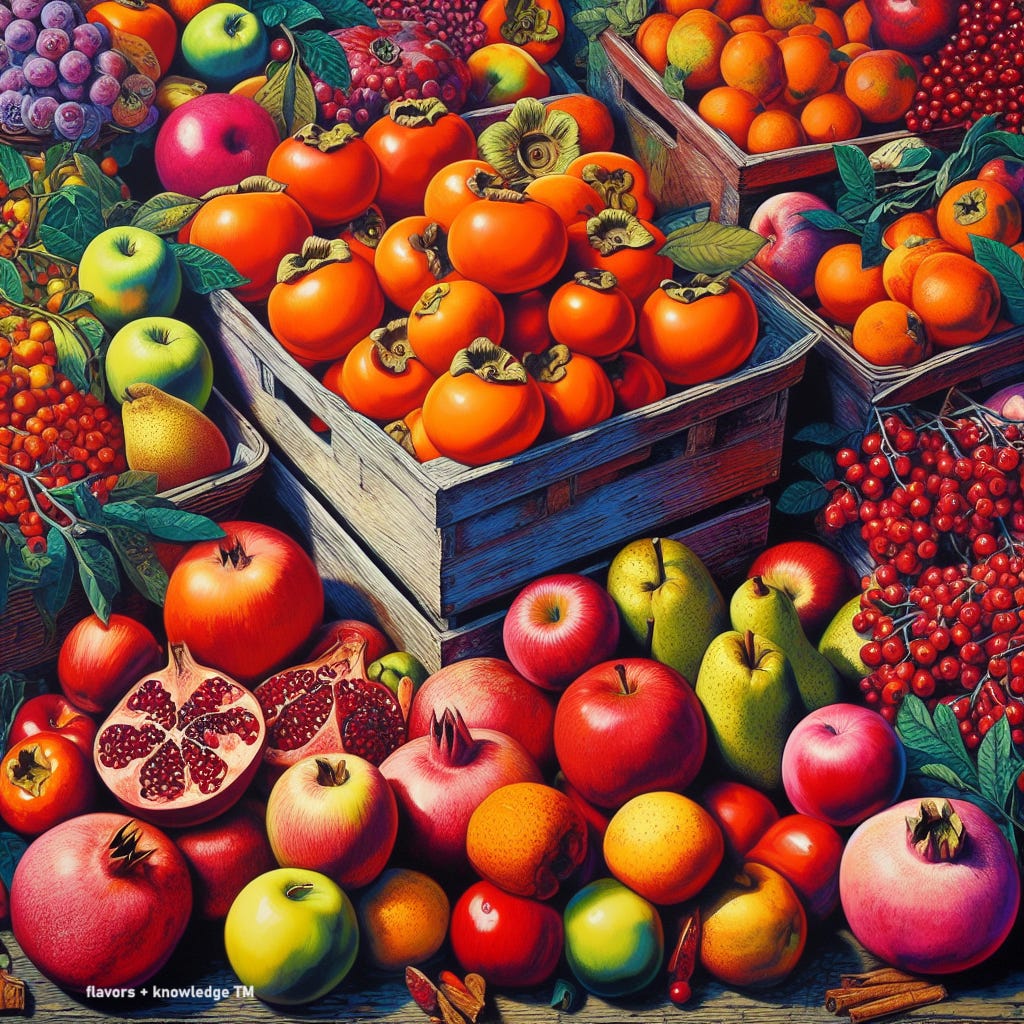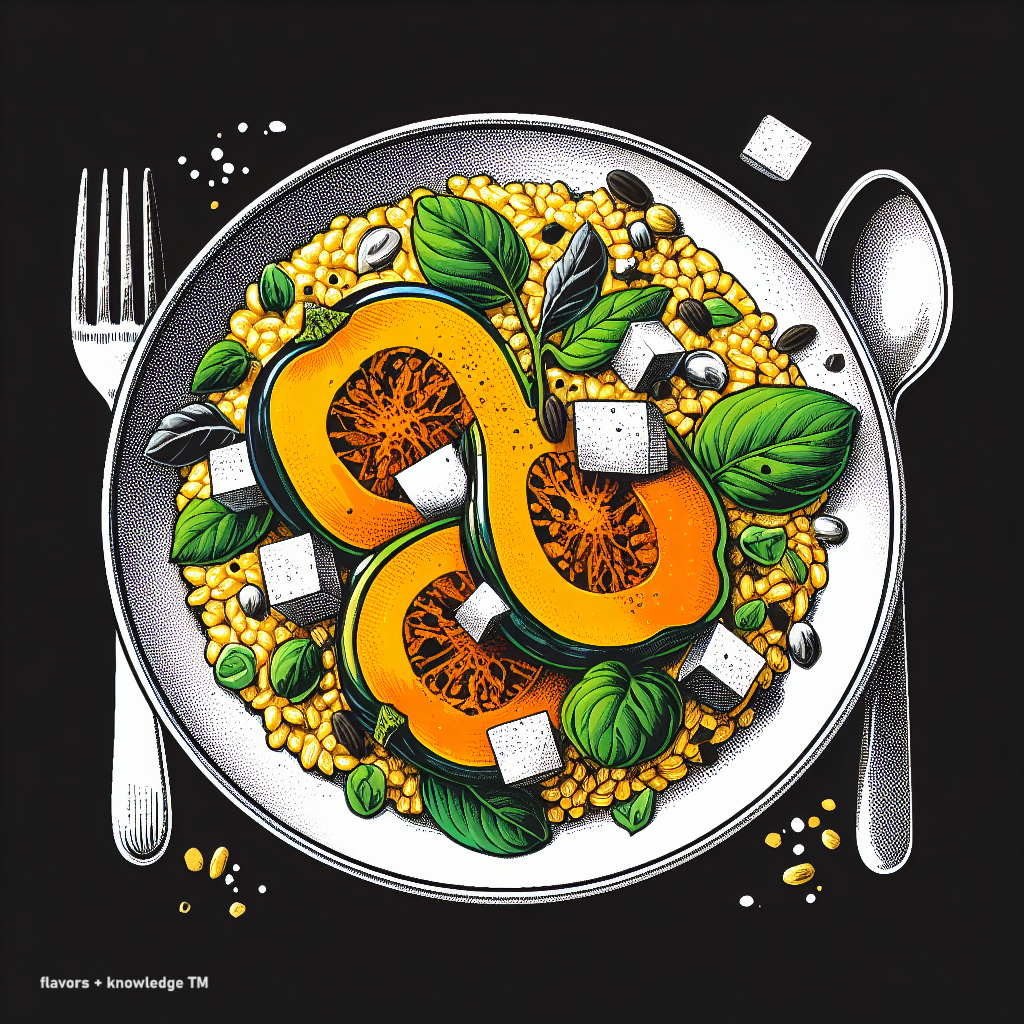Uncover the foods to use when cooking during the December month.
Good morning from Rhode Island, USA
Welcome December!
Cooking with seasonal ingredients involves fresh, locally available items at their peak flavor and nutritional value. It is an approach that emphasizes the natural rhythm of the seasons as different items flourish at different times of the year. By cooking with seasonal ingredients, you can enhance your dishes’ taste and enjoy several environmental, economic, and health benefits.
During winter, December presents a fantastic opportunity to incorporate unique seasonal ingredients into your cooking. Root vegetables like carrots, parsnips, and potatoes are plentiful, as are winter greens like kale, spinach, and Swiss chard. Additionally, citrus fruits like oranges, grapefruits, and lemons can add a bright and tangy flavor. At the same time, winter squash varieties like butternut, acorn, and pumpkin offer a hearty texture.
Remember to add a touch of warm winter spices like cinnamon, nutmeg, and cloves, and fresh herbs like rosemary and thyme to elevate your dishes.
When you cook with seasonal ingredients, you can enjoy several environmental benefits. Choosing seasonal produce means opting for locally grown items, reducing the need for long-distance transportation. This reduces the carbon emissions associated with food distribution, reducing your carbon footprint. Seasonal cooking also encourages the consumption of various fruits and vegetables throughout the year, supporting biodiversity by promoting cultivating different crops at different times.
Cooking with seasonal ingredients can also have economic benefits. Purchasing seasonal items supports local farmers and the regional economy, helping to sustain agricultural communities and promoting a more resilient and diverse food system. In-season produce is usually more abundant, leading to lower prices. Cooking with seasonal ingredients can be more cost-effective as a result.
You can also enjoy several health benefits when you cook with seasonal ingredients. Seasonal produce is often harvested at its peak, ensuring maximum nutrient density. Consuming fruits and vegetables in their prime enhances the flavor and provides essential vitamins, minerals, and antioxidants.
Embracing seasonal cooking introduces variety into your diet, as different seasons offer different types of fruits, vegetables, and other ingredients. This encourages a diverse and balanced diet.
In summary, cooking with seasonal ingredients, especially in December, enhances your meals’ flavor and nutritional content and contributes to a more sustainable, economically viable, and environmentally friendly food system. By embracing the bounties each season offers, you can create culinary creations that are delicious, healthy, and environmentally conscious.

The availability of fruits and vegetables can vary depending on your location and the region’s specific climate. However, in many places, December marks the beginning of winter, and there are still plenty of delicious and nutritious fruits and vegetables to enjoy.
Here’s a list of fruits and vegetables that are often in season during December.
Vegetables:
Brussels sprouts, Cauliflower, Broccoli, Carrots, Winter squash (butternut, acorn, etc.), Sweet potatoes, Kale, Spinach, Swiss chard, Cabbage, Parsnips, Radishes, Turnips, Beets, Celery, Leeks, Onions.
Fruits:
Apples, Pears, Citrus fruits (oranges, grapefruits, clementines), Cranberries, Pomegranates, Kiwi, Persimmons, Grapes, Figs, Dates, Pineapple, Bananas, Avocado, Passion fruit, Guava.
Remember to check your local farmers’ markets or grocery stores for the freshest produce in your area. Additionally, consider incorporating seasonal and local produce into your meals to support local farmers and enjoy the best flavors.

Butternut squash risotto
Ingredients for 8
Seven cups of home-made or low-sodium chicken broth
One tablespoon of extra-virgin olive oil
One medium onion, minced
Two tablespoons of unsalted butter, divided into two parts
Four cups of butternut squash cubed (from a two 1/2-lb. squash)
Three cloves of garlic, minced (purely optional)
Two cups of Arborio rice
1/2 cup of dry white wine
One cup of freshly grated Parmigiano Reggiano (24 months)
Two tablespoons of freshly coarsely chopped sage
Directions
Let’s start by bringing some chicken broth to a light simmer in a medium thick-bottom saucepan over medium heat, then reducing it to medium-low. Heat some oil in a large pot or Dutch oven and add onion. Cook the onion and stir using a wooden spoon until it softens, which should take around 5 minutes. Then, stir in the squash, one tablespoon of butter, and garlic. Cook until the squash begins to color around the edges and becomes soft, which should take about 6 minutes. Remember to add some salt and pepper for seasoning.
Next, stirring quickly, add one more tablespoon of butter and some Arborio rice to the pot. Cook the risotto until the grains are well-coated and smell slightly toasty, which should take about 2 minutes. After that, add the wine and cook until it has mostly absorbed.
Stir in one cup of hot broth with a ladle. Cook and gently stir until the rice has absorbed most of the liquid. Then, add the remaining broth, about 1 cup at a time, allowing the rice to absorb each broth before adding more. Stir often and cook until the squash is tender and the risotto is al dente and creamy, not mushy, which should take around 25 minutes.
Finally, stir in 4 tablespoons of Parmigiano and sage, then adjust the salt and pepper taste before serving.
Note: Using the same procedures, you can substitute the squash with rabe or other winter vegetables. You may also opt to use butternut puree in cans, which is low in sodium.













